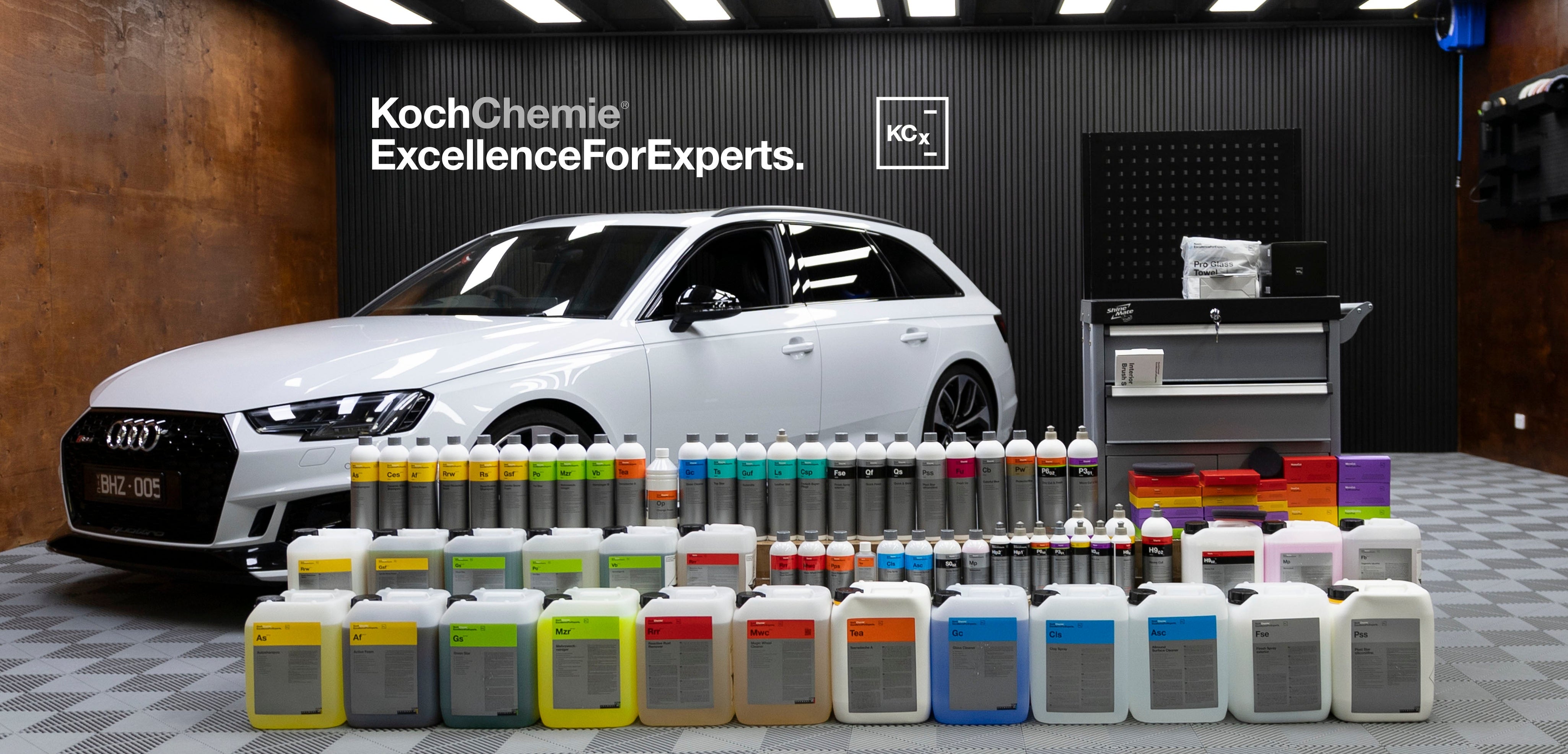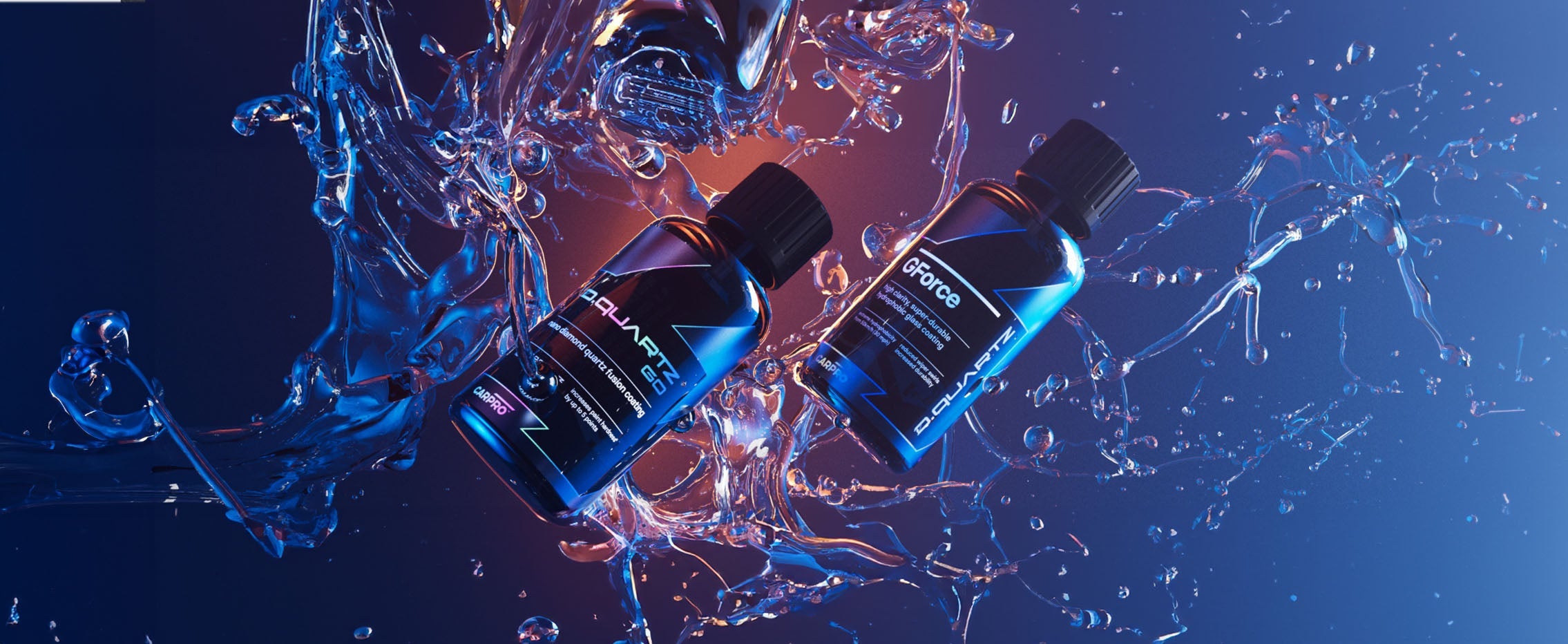Car polishing pads aren’t exactly cheap, and whether to use foam, microfiber or wool pads, it’s important to adopt methods that look after and care for your pads, so that you can get a lot more life, use and value out of them.

(ShineMate EX610 15mm DA Polisher | ShineMate Pad Stack | Nv 4Seasons | Scholl Concepts Pad Cleaning Brush Soft | Wheel Woolies Plus - Foam Pad Cleaning Brush)
There is no doubting that a new pad always performs better in relation to cutting, finishing and being able to work for a longer period before needing to be changed. But it is definitely not economical to use a new pad each time we use polish or compound a car! By adopting a few simple steps you can however massively improve the performance of your polishing pads and avoid issues such as tearing and damaging your pads due to excessive or extreme use.
There’s nothing more frustrating than using a new pad to see it deteriorate and damaged after just a few short uses. Sometimes it is possible that it’s a faulty pad, but more than likely it comes down to user error. But once you begin to understand what’s actually causing your pads to tear, separate from the Velcro or simply fall apart, you can then begin to address these issues and avoid these costly mistakes.
 (Eureka Flexi Anti-Vibration Gloves | ShineMate EX610 15mm DA Polisher | Scholl Concepts Pad Cleaning Brush Soft | ShineMate Black Diamond Red Foam Finishing Pad)
(Eureka Flexi Anti-Vibration Gloves | ShineMate EX610 15mm DA Polisher | Scholl Concepts Pad Cleaning Brush Soft | ShineMate Black Diamond Red Foam Finishing Pad)
There are various factors than can cause polishing pads to prematurely fail, but you will find that the most common issue that leads to pad deterioration is by far excessive heat. Once you begin to understand that heat is your pads enemy, then you can start employing several simple steps to reduce and mange that polishing heat so that it will no longer cause your expensive polishing pads to quickly break or fail.
Unfortunately heat is a by-product of machine polishing, and although it can’t be entirely eliminated, that doesn’t mean you can’t address or reduce it. The most important thing to understand is that the heat entering your pads as you polish will continue to rise and build, destroying your pads if it’s not addressed. But the good news is that it can be easily treated by adopting a few of these simply techniques and methods.
The first and easiest way to reduce heat is to swap out or rotate your pads after every few sets of polishing. So once your pad begins to feel hot, simply remove it from the polishers backing plate and replace it with another fresh pad to give the hot pad time to cool down. Trying to polish an entire car with one or two pads is just asking for trouble. In fact you will find that the more pads you have to continuously rotate as you polish, the longer they will last and the cheaper it will be in the long run.

(ShineMate EX605 12mm DA Polisher | Scholl Concepts Pad Cleaning Brush Soft | Lake Country HDO Blue Light Cutting Pad)
The second most common cause that leads to excessive heat and pad failure is residue build-up. As you continue to polish, the pad will continue to pickup and store the spent polish and paint residue. This build-up of residue will eventually lead to two devastating factors that will quickly destroy your pads. Firstly, polishing pads are made up of thousands of tiny cells or fibres, so when those cells or fibres become completely clogged with polish and paint residue, the heat can no longer escape. So it continues to build and escalate to the point of melting, tearing or even exploding the pads in some instances.
Secondly, you’ll find that polishing pads are generally very light and usually weigh next to nothing. However, when a pad is overloaded with excessive product and paint residue, it can sometimes weigh up to ten times its original weight. What this extra load means while your polishing, is that the pad is now working out of balance, causing extreme stress on the pad and machine as it’s thrown around in a far more aggressive manner basically tearing and stressing the pad beyond its capabilities.
One of the easiest ways to remove and control this residue is to use a compressed air gun to blow the residue out of the pad after each set of polishing. This also has the added bonus of cooling the pad down in the process. However if an air gun is not available, you can address the residue by holding a small brush against your pad, and turn your polisher on to spin the residue off the pad.
Every polishing pad must be washed once it gets to the point where it’s completely overloaded with residue. There are several ways to clean your pads from using a purpose built pad washer, to using some washing detergent or an all purpose cleaner and brush to break down the polish residue and then simply rinse and squeeze the pads out under warm running water.
In the end, all it really takes is a little time and understanding that your machine polishing pads just need some basic care and maintenance, and they will continue to perform and last for far longer.






